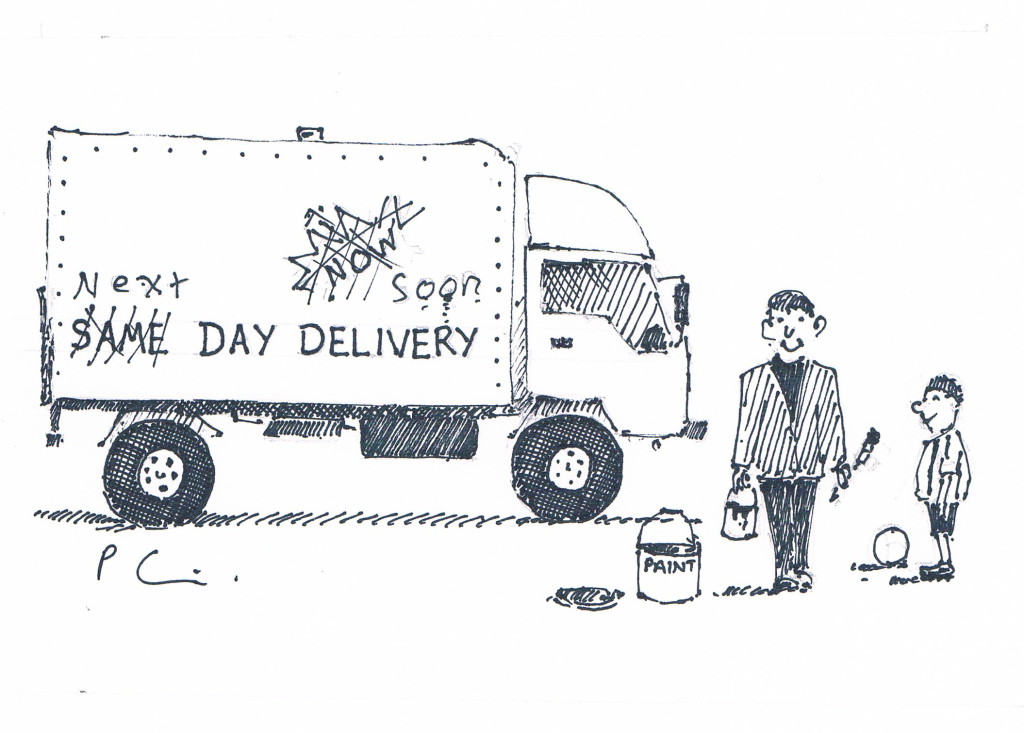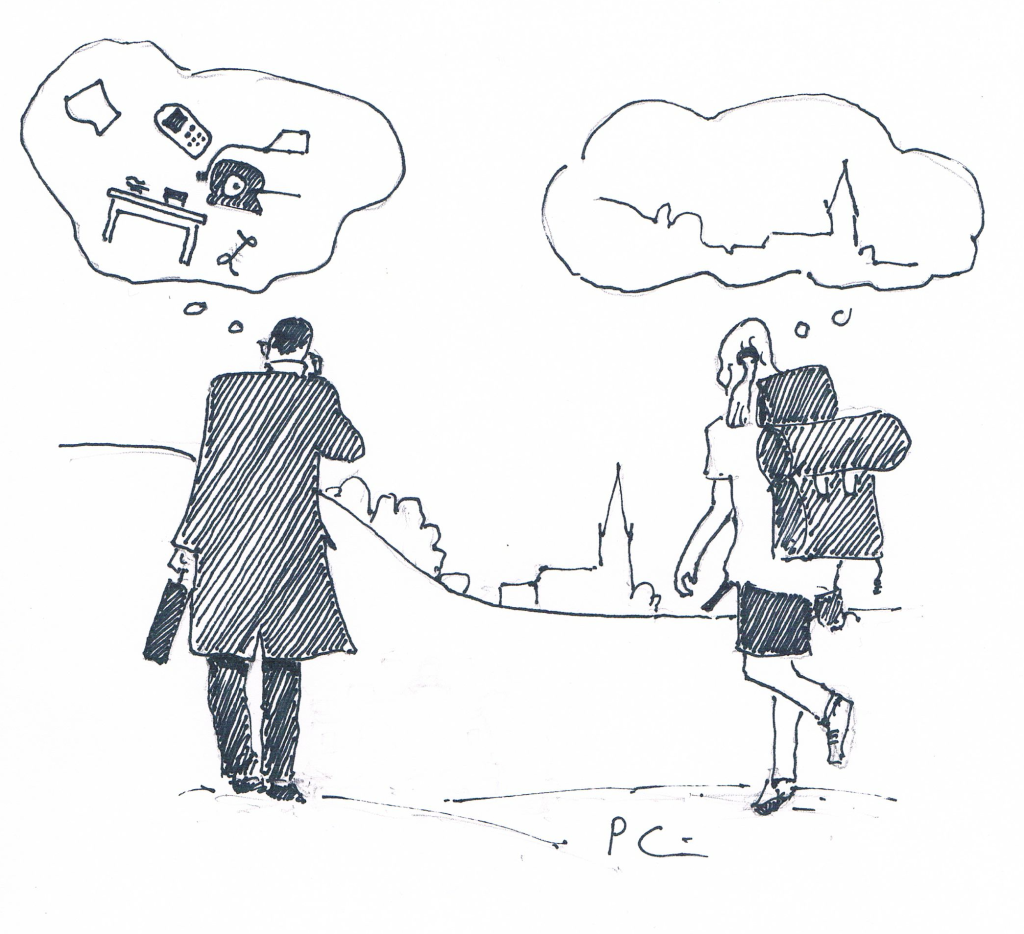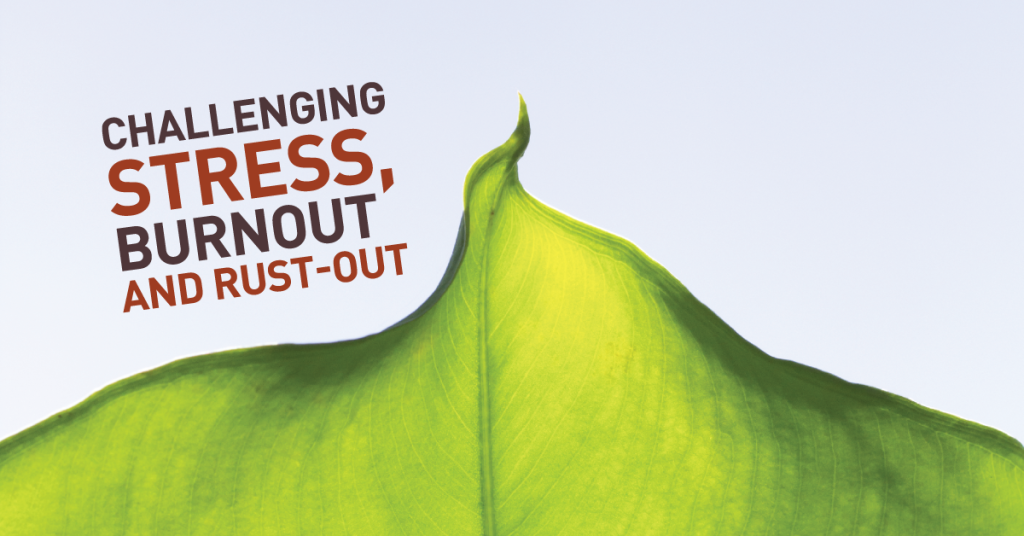It is important to know that life imbalance is one of the biggest causes of stress in the western world; consequently understanding why we experience imbalance in our modern lives, and finding strategies to help you overcome it, is very useful! Teena Clouston shares 6 steps to finding balance in busy lives from her new book Challenging Stress, Burnout and Rust-out.
So what is burnout and rust-out?
Burnout and rust-out are caused by long-term stress; burnout is marked by exhaustion and rust-out by apathy and disengagement. Which of these we experience and when, is variable, dependent on the unique individual and his or her circumstances. Stress and imbalance can be linked to some specific personality traits and thinking patterns that we can unconsciously adopt to manage the daily grind but which, unwittingly, can maintain our state of imbalance and levels of stress. For example, people who rush around like busy bees, or those that put up with or make excuses for their busyness and overwork are all using different strategies to deal with life conflicts, pressures and time scarcity, but sadly, are failing to diminish stress. Alternatively those that fight back and overcome these pressures seem to be able to live a far more balanced and healthy life because they dare to challenge the status quo and take time to do things they find meaningful or enjoy doing, irrespective of the pressures of work or general over-busyness.

6 steps to achieve a healthy work-life balance
There are several different ideas shared in the book but if I had to choose 6 they would be:
- Gain some autonomy over your workload
- Review and adapt your views and attitudes about work so they become congruent with what you really want in life
- Share your daily responsibilities with others
- Do something meaningful everyday
- Live in the moment
- Walk in nature
These techniques are not a cure-all in terms of work-life or indeed, more general life balance. That’s because, in reality, they all need you to put in a lot of effort in terms of making changes in how you live your life everyday, and that is not easy. For example, if you are going to use mindfulness techniques to try to focus on the moment or cognitive behavioural strategies to change your thinking or attitudes about life balance, then you have to practice that regularly and put some work in every day. That said, you do need to start somewhere and from small moves big things can grow and consequently, with practice, you can really change your sense of balance, your quality of life and ultimately, your well-being; thus practice may not make perfect, as the saying goes, but it can make life just a little richer and more satisfying.

Illustrations by Peter Cronin, ARSMA.
Teena J. Clouston is a Reader in Occupational Therapy and Life Balance at the School of Healthcare Sciences at Cardiff University, UK. Over the last ten years, her research interests have become focused on the meaning and experience of lifestyle balance, and her PhD specifically studied the influences of paid work on finding balance in everyday life. Learn more about Challenging Stress, Burnout and Rust-out here.
